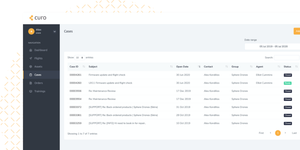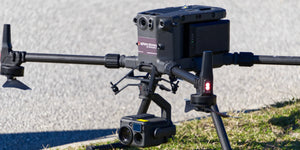Sonar sensors being used on waterborne drones is one of the most popular payloads, allowing 2D and 3D imaging, navigation, surveying, inspection, object detection, and more.
The history of sonar
Sonar was developed during World War 1 to help locate submarines and icebergs. Since then, sonar has been further developed and improved to a point where it is now sensitive enough to be used to for inspections, surveying, and search and rescue operations.
Sonar works well at the above-mentioned use cases as it uses sound waves to detect objects, with the sound waves bouncing off objects and being returned to the sensor. Sonar is also able to travel further in water than radar or light waves are cable of.
Sonar drones in Australia: use cases (water)
Waterborne drones equipped with sonar play a role in many operations throughout Australia, aiding in current human-led operations and on their own. Below is a list of some of the top use cases.
- Pipeline Inspection
- Biosecurity Inspection
- Underwater Search and Rescue
- Marine Salvage
- Infrastructure Inspection
- Infrastructure Survey
The future of sonar drones
As the need for water-based inspection, search and rescue, salvage, and survey operations increase, waterborne drone equipped with sonar will increase as costs continue to increase and the improved efficiency and data collection benefits become more apparent.
Image via Deep Trekker
























